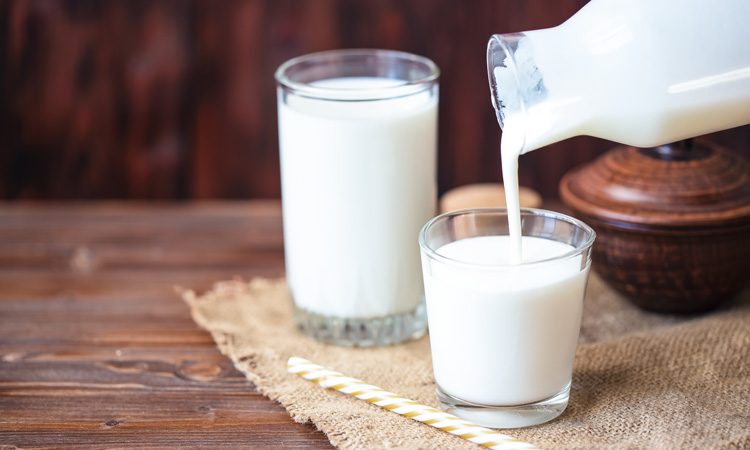Do people in Europe still want dairy?
- Like
- Digg
- Del
- Tumblr
- VKontakte
- Buffer
- Love This
- Odnoklassniki
- Meneame
- Blogger
- Amazon
- Yahoo Mail
- Gmail
- AOL
- Newsvine
- HackerNews
- Evernote
- MySpace
- Mail.ru
- Viadeo
- Line
- Comments
- Yummly
- SMS
- Viber
- Telegram
- Subscribe
- Skype
- Facebook Messenger
- Kakao
- LiveJournal
- Yammer
- Edgar
- Fintel
- Mix
- Instapaper
- Copy Link
Posted: 5 May 2022 | Abi Sritharan (New Food) | No comments yet
Although consumers might not be purchasing as much dairy as they once did, with many turning to alternatives, research from Tate & Lyle has found that a third of 18-35-year-olds in Europe are consuming more dairy than they were three years ago.


British company, Tate & Lyle – a global supplier of food and beverage ingredients to industrial markets – has investigated attitudes towards dairy consumption among consumers in six countries, finding that – among other trends – the younger generation eat more dairy now than three years ago.
According to the research of over 1,500 people (aged 18-65 and based in the UK, France, Germany, Poland, Spain, and Sweden), the frequency in which young consumers eat dairy products is high. It found that 71 percent eat cheese, 81 percent drink milk and 69 percent eat yoghurt at least once a week.
In addition to this, 77 percent of 18-35-year-olds said they are happy to consider eating more dairy products if they could try products with less fat, sugar and allergens.
“Our research has uncovered some interesting emerging trends when it comes to how and why consumers are purchasing dairy,” said Beth Nieman Hacker, Market Research Director at Tate & Lyle. “It is so important to understand how behaviours, values and appetites are changing and the drivers behind these shifts, so food and drink brands can launch products that meet the needs of consumers today.”
You may also like:
The study shows that health is a key priority for the younger generation, with one in four 18-35-year-olds stating they felt dairy products contained too much fat, whilst 34 percent said that dairy products contained excessive levels of sugar.
It also showed that younger consumers are much more likely to eat dairy alternatives – with 35 percent eating non-dairy cheese, 33 percent eating non-dairy ice cream and 46 percent non-dairy milk at least once a week.
A flexitarian diet seems to be on the rise among consumers of all ages – ie, switching between dairy and dairy alternatives depending on the meal type. While 39 percent said they eat dairy cheese at dinner, 26 percent said they opt for an alternative. Moreover, 32 percent reportedly preferred dairy yoghurt at breakfast, compared to 26 percent who said they liked a dairy alternative yoghurt as a mid-morning snack.
Consumers are also looking to make more sustainable choices – with a fifth of older consumers saying products with environmental certifications would be a big factor in them increasing their dairy intake, while younger consumers were looking for more environmentally friendly packaging (19 percent of respondents) and a longer shelf life (20 percent).
“Our research found that nearly three quarters of 18-35-year-olds who are eating less of dairy are happy to consider eating more dairy products if they could try products with less fat and sugars,” said Delphine Forejt, Dairy Category Development Manager at Tate & Lyle. “Whilst dairy products have long been associated with goodness, in today’s world, the dairy industry must adapt to modern consumer tastes, convenience and healthier lifestyles.”
Related topics
Health & Nutrition, Ingredients, Plant based, Research & development, The consumer







